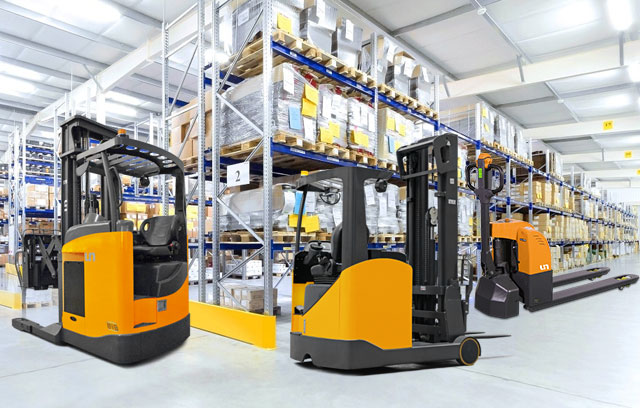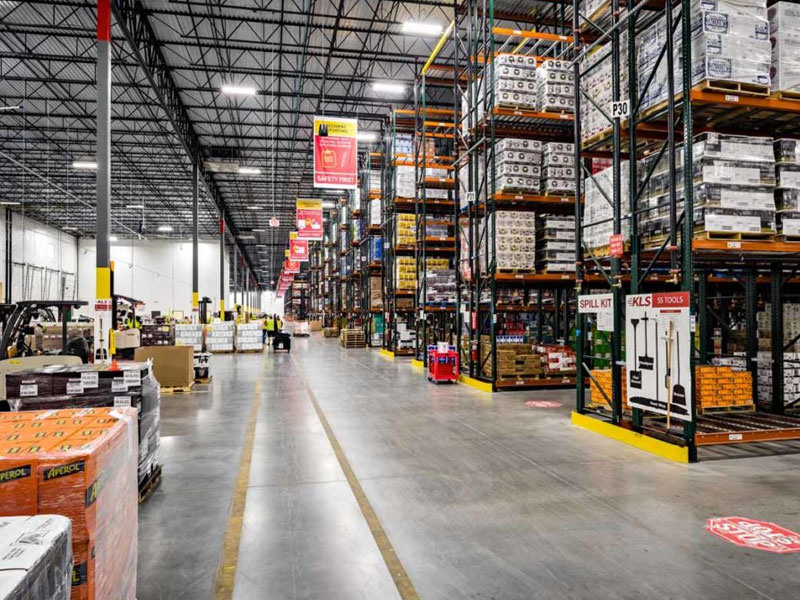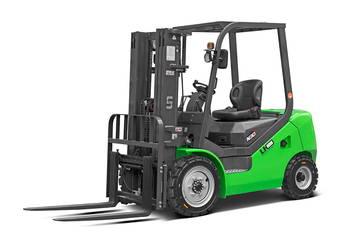Maintaining electric pallet stackers is paramount for ensuring their longevity and optimal performance in material handling operations. These indispensable tools in the manufacturing and warehousing sectors enhance efficiency and safety, yet their benefits can be significantly diminished if not properly maintained.
Understanding the Importance of Maintenance
Electric pallet stackers, also known as electric stackers or warehouse stackers, play a critical role in the logistics chain. They are engineered to maneuver in tight spaces, handle heavy loads, and reduce manual labor. However, like any complex machinery, they require regular maintenance to function efficiently.
Neglecting regular maintenance can lead to unexpected downtimes, costly repairs, and even safety hazards, which can disrupt your operations. Therefore, understanding the importance of maintenance and implementing a structured maintenance plan is crucial for any manufacturing manager aiming to sustain productivity and safety.
Regular Inspection and Cleaning
Routine Inspections
Regular inspections are the cornerstone of an effective maintenance strategy. Schedule routine checks to identify wear and tear or any potential issues before they escalate into major problems. Key areas to inspect include the hydraulic system, electrical connections, and battery condition.
Cleaning Practices
In the demanding environment of a warehouse, electric stackers are exposed to dust, debris, and grime. Regular cleaning is vital to prevent these contaminants from impacting the mechanical and electrical components. Use a damp cloth to wipe down surfaces and ensure that the load wheels are free of debris.
Battery Maintenance
Electric stackers rely on robust batteries to function efficiently.
Charging Protocols
Overcharging or undercharging can significantly reduce a battery's lifespan. Implement a charging schedule that aligns with your operational hours and ensure that your team is trained on proper charging techniques. Always allow the battery to cool before charging and avoid charging it immediately after use.
Electrolyte Levels
For lead-acid batteries, maintaining the right electrolyte levels is crucial. Regularly check and refill the distilled water as needed, ensuring that the water level does not fall below the plates. This simple step can prevent damage and extend the battery's life.
Lubrication and Hydraulic Fluid Checks
Lubrication
Proper lubrication reduces friction and wear on moving parts. Regularly lubricate the mast, chains, and other moving components as per the manufacturer’s guidelines. This not only ensures smooth operation but also prevents premature failure of parts.
Hydraulic Fluid
Check hydraulic fluid levels regularly, as insufficient fluid can lead to operational inefficiencies and potential damage. Use only the recommended hydraulic fluid type and replace it at intervals specified by the manufacturer.
Ensuring Safety Features Are Operational
Safety is paramount in any material handling operation. Regularly test all safety features of your electric pallet stackers, including brakes, lights, horns, and emergency stop buttons. Replace any faulty components immediately to maintain a safe working environment.
Training and Documentation
Staff Training
Well-trained staff are your first line of defense against equipment misuse and maintenance oversights. Provide comprehensive training to your operators on the correct usage and maintenance of electric pallet stackers. This should include recognizing early signs of wear or damage and understanding the importance of reporting issues promptly.
Maintenance Records
Maintain detailed records of all maintenance activities, inspections, and repairs. This documentation is invaluable for troubleshooting recurring issues, planning future maintenance, and ensuring compliance with safety regulations.
Embracing Green Technology in Material Handling
In today's environmentally conscious world, integrating green practices into material handling processes is not just beneficial but essential. Electric pallet stackers are inherently more eco-friendly than traditional forklifts as they produce no emissions. However, the environmental impact can be further minimized by adopting sustainable practices:
Eco-Friendly Batteries
Consider using lithium-ion batteries which are more environmentally friendly and have a longer lifespan compared to traditional lead-acid batteries. They also require less maintenance and provide better energy efficiency.
Recycling and Disposal
Implement a recycling program for old batteries and parts. Partner with certified disposal companies to ensure that these materials are recycled responsibly, reducing your environmental footprint.
Future Trends and Developments
As the industry continues to evolve, so too do the innovations in electric pallet stackers. Manufacturers are increasingly focusing on improving energy efficiency, integrating IoT technology for better fleet management, and enhancing automation capabilities. Keeping abreast of these trends can provide you with a competitive edge and help align your operations with future industry standards.











 中文简体
中文简体 عربى
عربى Español
Español














